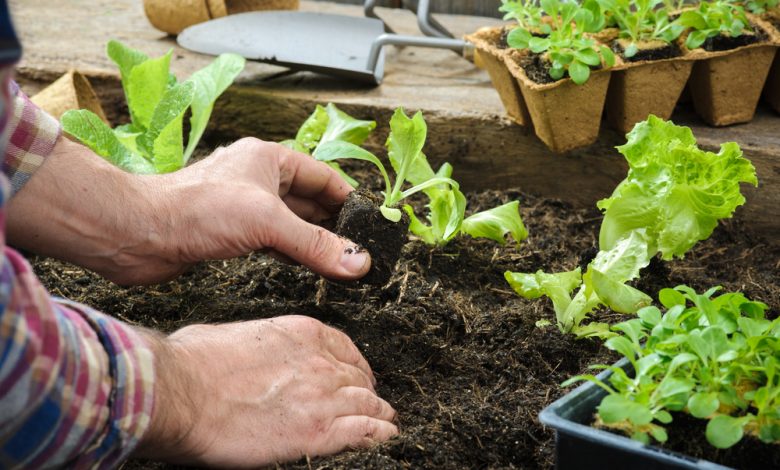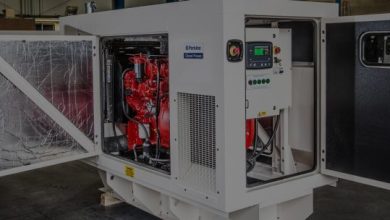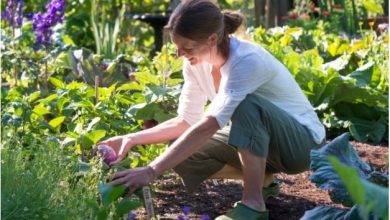How to Choose A Compost? Reasons to Apply Compost in fall

Healthy lawn soil shows 5% to 8% of organic matter. If it is less than 5% means the future of your lawn is less optimal. Use compost to enhance the organic matter level in the soil. Topdressing lawns with 1½” of compost layer using a reliable fertilizer spreader like Ecolawn applicator is recommended. Compost will help to enhance the soil’s moisture-holding capacity. It adds nutrients to the soil and even feeds the microbes. A healthy microbe population makes food available to the lawn and keeps grass dense and clean.
For buying Ecolawn applicator to topdress your soil, just visit www.ecolawnapplicator.com but choosing the best topdressing compost is challenging. The quality of compost available in the market differs. How will you know that the compost you are about to choose is a good one?
Consider these questions while evaluating compost quality
- Is there a possibility of weed seeds inside?
- Is it in the finished stage?
- Is there any pesticide residue?
- Does the compost contain undesired ingredients like construction material or dyes?
The materials and composting process affect final product quality. The only way to know the compost detail is to choose the product that has undergone specific testing. STA [Seal of testing Assurance] is a compost testing standard designed to bring transparency to the compost sales market. STA considers compost characteristics like –
- Organic matter
- pH
- Main nutrients
- Salts
- Metals
- Maturity
- Stability
- Pathogens
A proper composting method destroys the majority of herbicides and pesticides. It is also necessary to encourage core aeration after the compost is applied. Another important consideration is scheduling a compost application.
Compost application timing
Gardeners can apply compost in fall or spring but there are crucial nuances to consider. In regions experiencing cool-season, spring application is light but fall is heavy. Why apply compost in fall?

- Winter and fall, especially in the snowy and rainy climatic regions passively help the compost to work in the soil. It means less soil disturbance and less effort on your part. If the lawn has been just aerated the compost gets absorbed quickly. Many turf experts aerate the soil after the compost is applied.
- Thatch is the dead grass roots and blades, which stick together on the surface of the soil, during the growing season gets decomposed quickly when compost is applied in the fall season.
- Soil compaction means dense soil, which prevents the growth of a healthy lawn. Compost application in fall helps to overcome this issue.
- Microbes obtain food from the compost and they survive past the end of the growing season. Soil microbes are nourished and become active as soon as spring season arrives.
Remember that, compost has fertilizer value and can offset the application of fertilizer level, so consult a professional for optimal depth.





